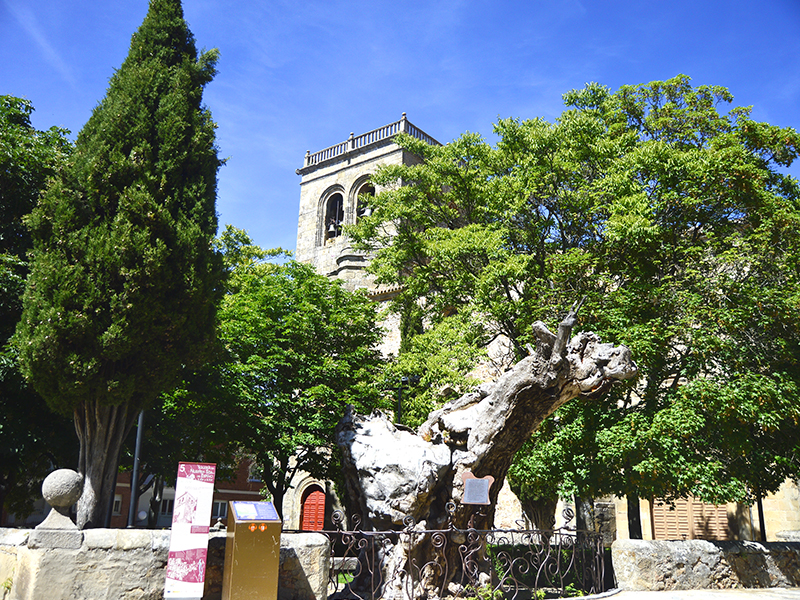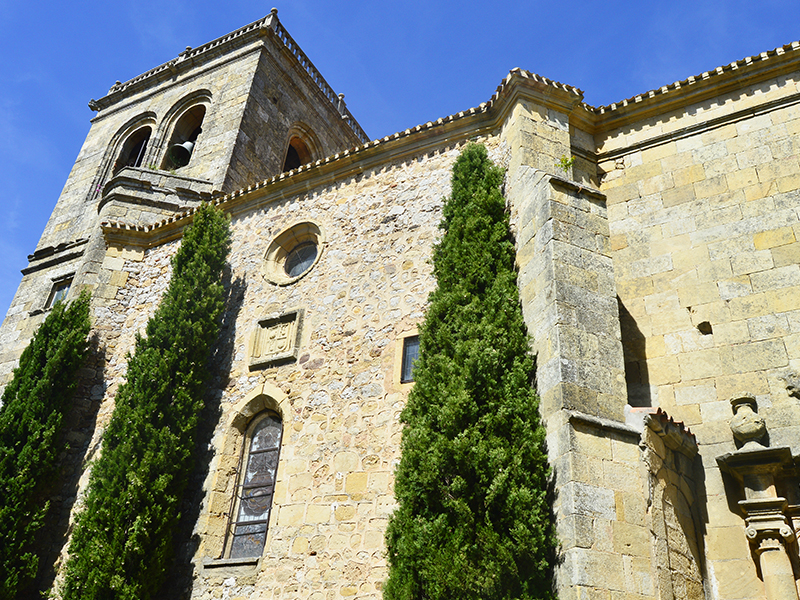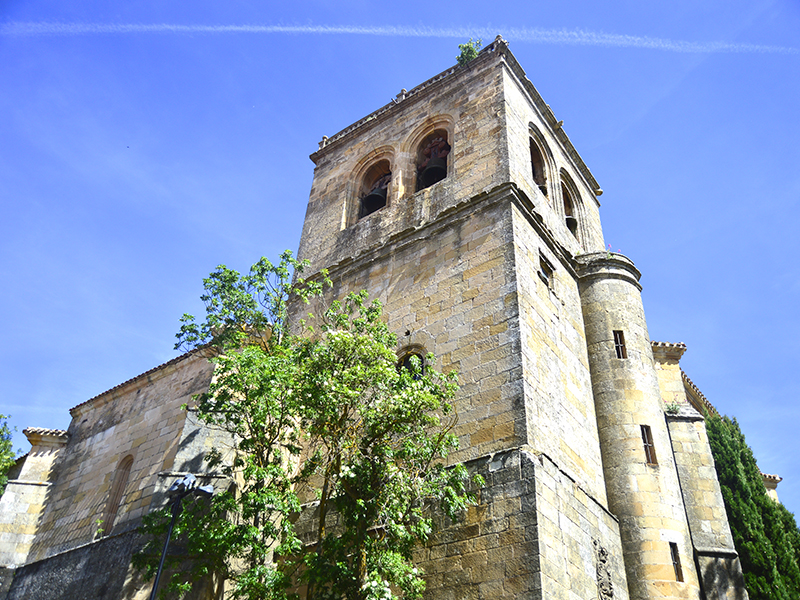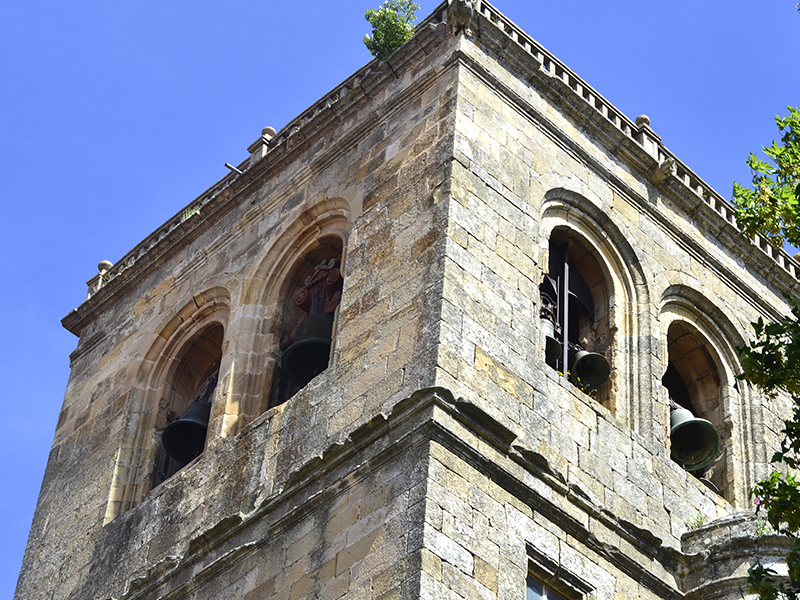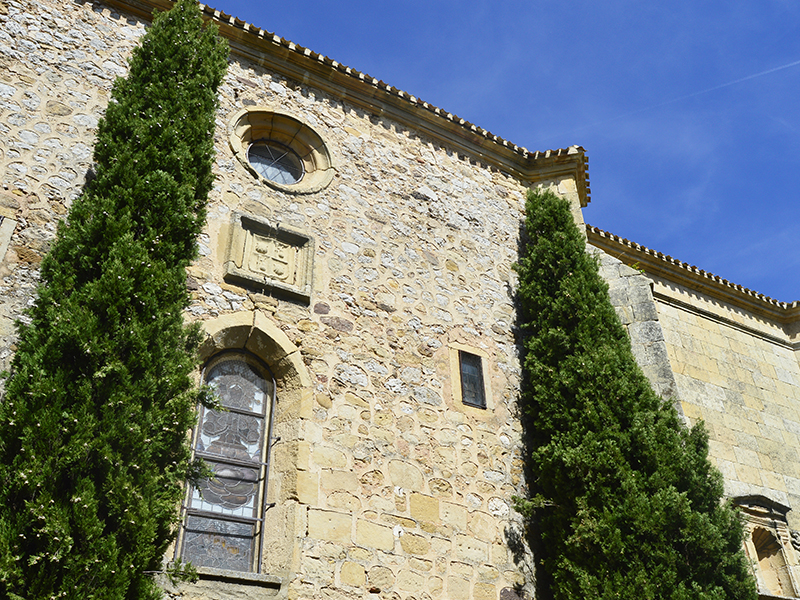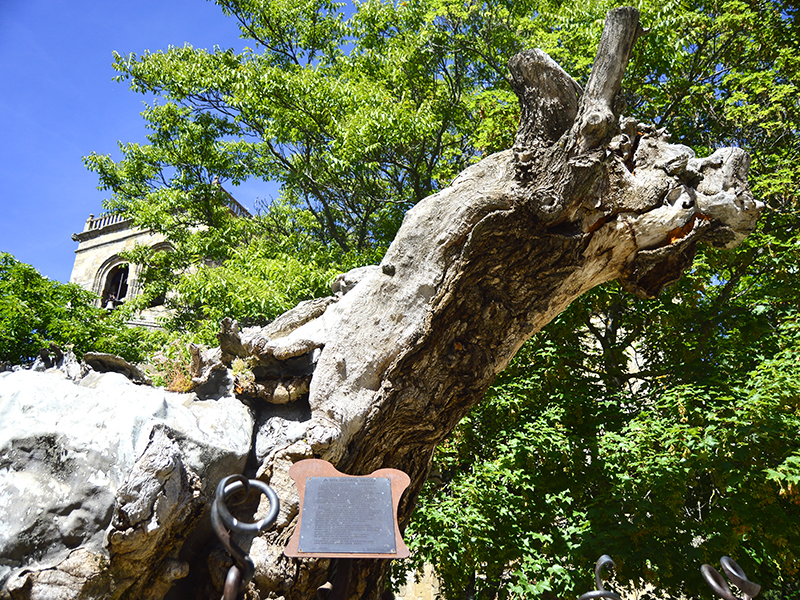CHURCH OF EL ESPINO
THE PATRON SAINT OF THE CITY OF ETERNAL SLEEP GUARDIAN OF LEONOR
HISTORY
There is evidence of the same primitive temple of which only are some corbels. It was in the sixteenth century when the church adopted its present appearance. In 1690 the Virgin del Espino is named patron of the city and its image placed on the high altar. In the nineteenth century the French occupied the interior of this church to make it the headquarters of his troops. A mid-twentieth century a terrible fire almost completely destroyed the main altar and the black image of the saint holder, forcing a deep restoration of the building.
THE BUILDING
The walls outside are masonry, with ashlar in the corners, doors and windows. Its plant is composed of a large central nave and three chapels on each side of it.
Two covers, a Renaissance possibly late sixteenth century with semicircular arch and two Ionic pillars and a more austere also with semicircular arch on which sits a baroque shield.
The tower is related by similarity of style with that of the Cathedral of San Pedro, and rose in 1595 by teachers Pedro and Rodrigo Perez de Villabiad. It is masonry, square and consists of three parts ending in rail.
Eight bells fill as many bows which open in each of the sides thereof.
Outside the temple can be seen a shell, a stick and a gourd symbols pilgrim, recalling the Camino de Santiago de Soria (Castilian - Aragonese).
Next to the church, lies an old elm become the symbol of the famous poem by Antonio Machado "A un Olmo Seco"
“The old elm, split by lightning
and rotted inside,
with the rains in April and the sun in May
has sprouted a few green leaves..”
The remains of the young wife of Antonio Machado, Leonor Izquierdo rest in a tomb in the cemetery of the city next to the wall of the church.
| Church open in Mass schedule: Sundays and holidays at 12.30 and 18.00 h.
Municipal Cemetery and tomb of Leonor Izquierdo: Every day from 08.00 to 19.30. |
|
| FREE | |
| 975340319 | |
| "Center of the city route" | |
| "Machadian places" |








